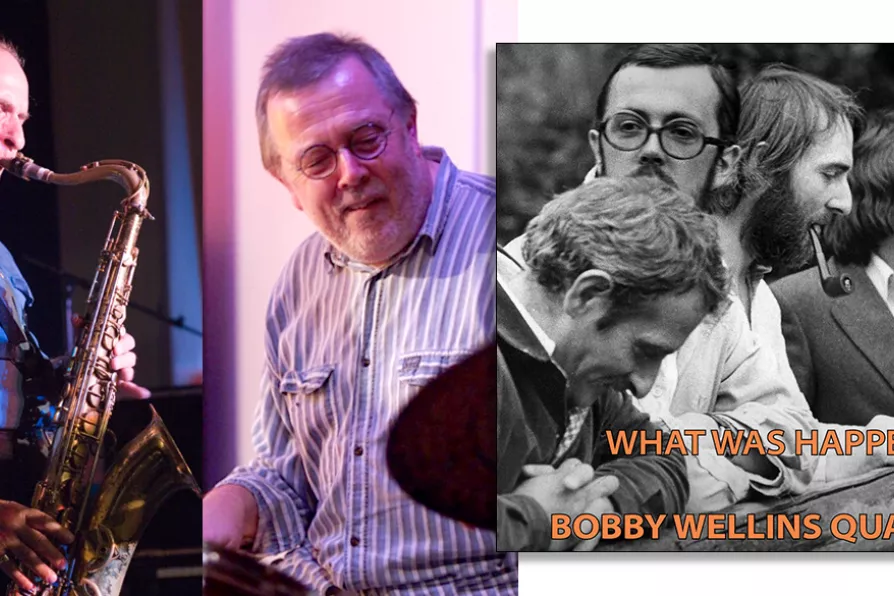
 wellins
wellins
BOBBY WELLINS (1936-2016) was one of the truly great saxophone virtuosi of British jazz.
Born in the Gorbals, Glasgow, to showbiz parents, he entered the RAF as a musician, and on being demobbed, played in the late 1940s with Buddy Featherstonhaugh and Tony Crombie’s Jazz Inc. In the early 1960s he joined Stan Tracey’s Quartet, making the 1965 epochal album inspired by Dylan Thomas’s Under Milk Wood, and the equally fine With Love from Jazz. The break-up of the quartet and almost a decade of struggle against addiction and depression followed, but by the late 1970s he was back again, playing as powerfully as ever with a new quartet, with bassist Adrian Kendon, drummer Spike Wells and pianist Pete Jacobson.
The two limited-edition albums made by the quartet in 1978-79, Jubilation (recorded live at the Hanbury in Kemptown, Brighton), and Dreams are Free, are now rereleased by Jazz in Britain with the title What Was Happening, with several additional tracks.













